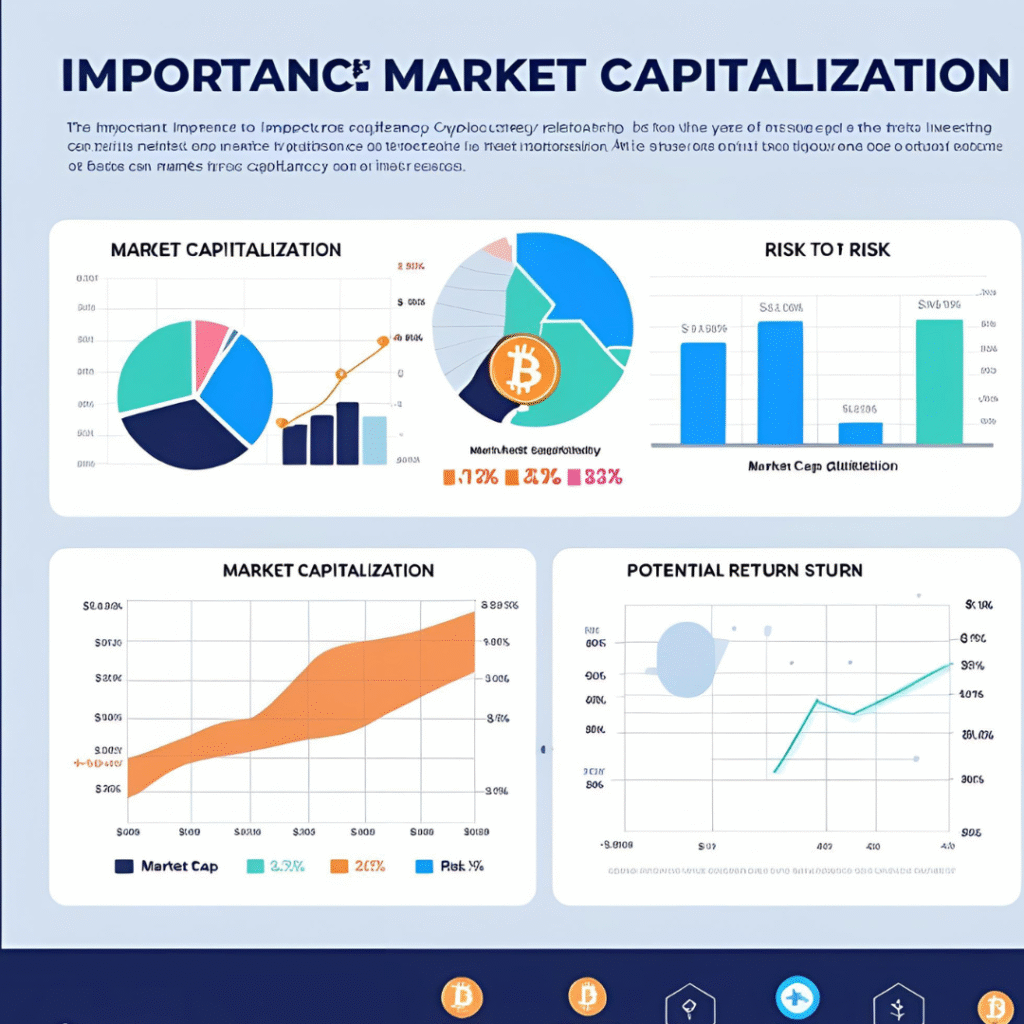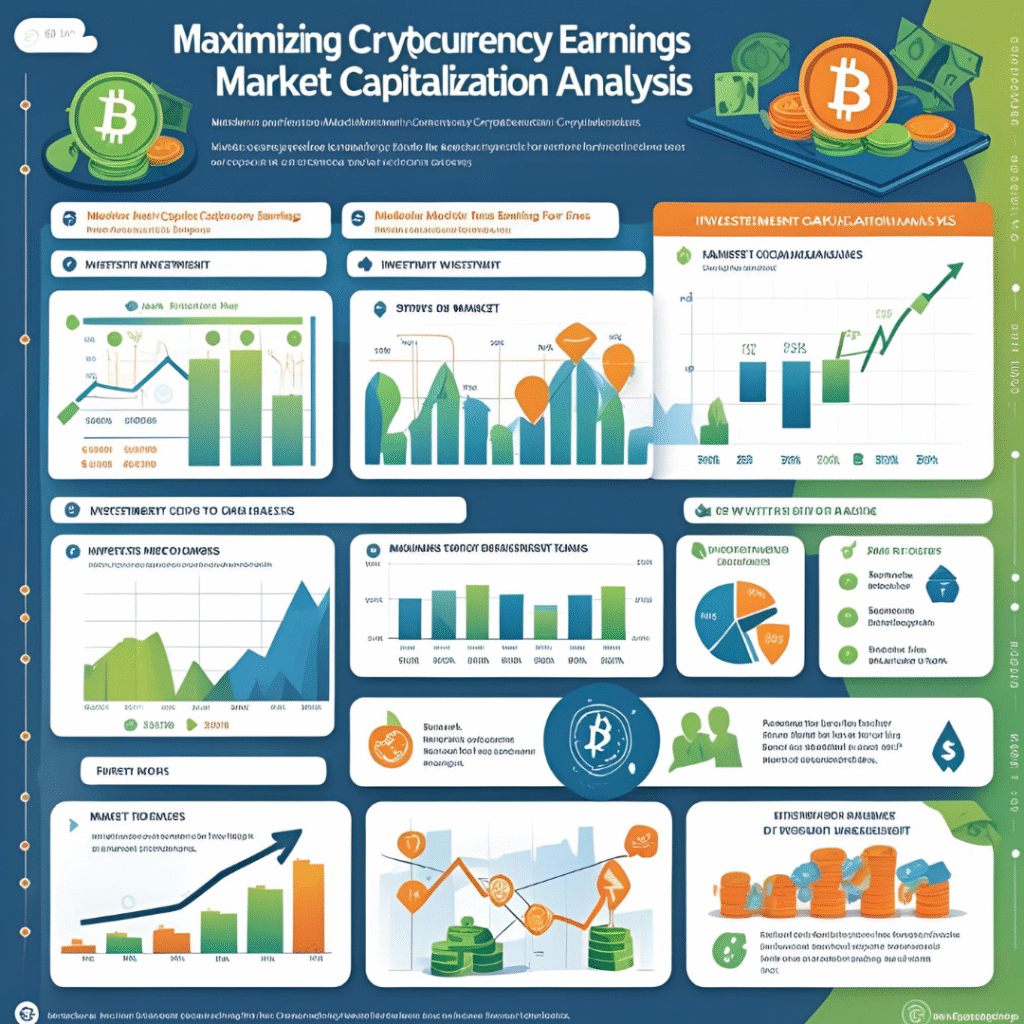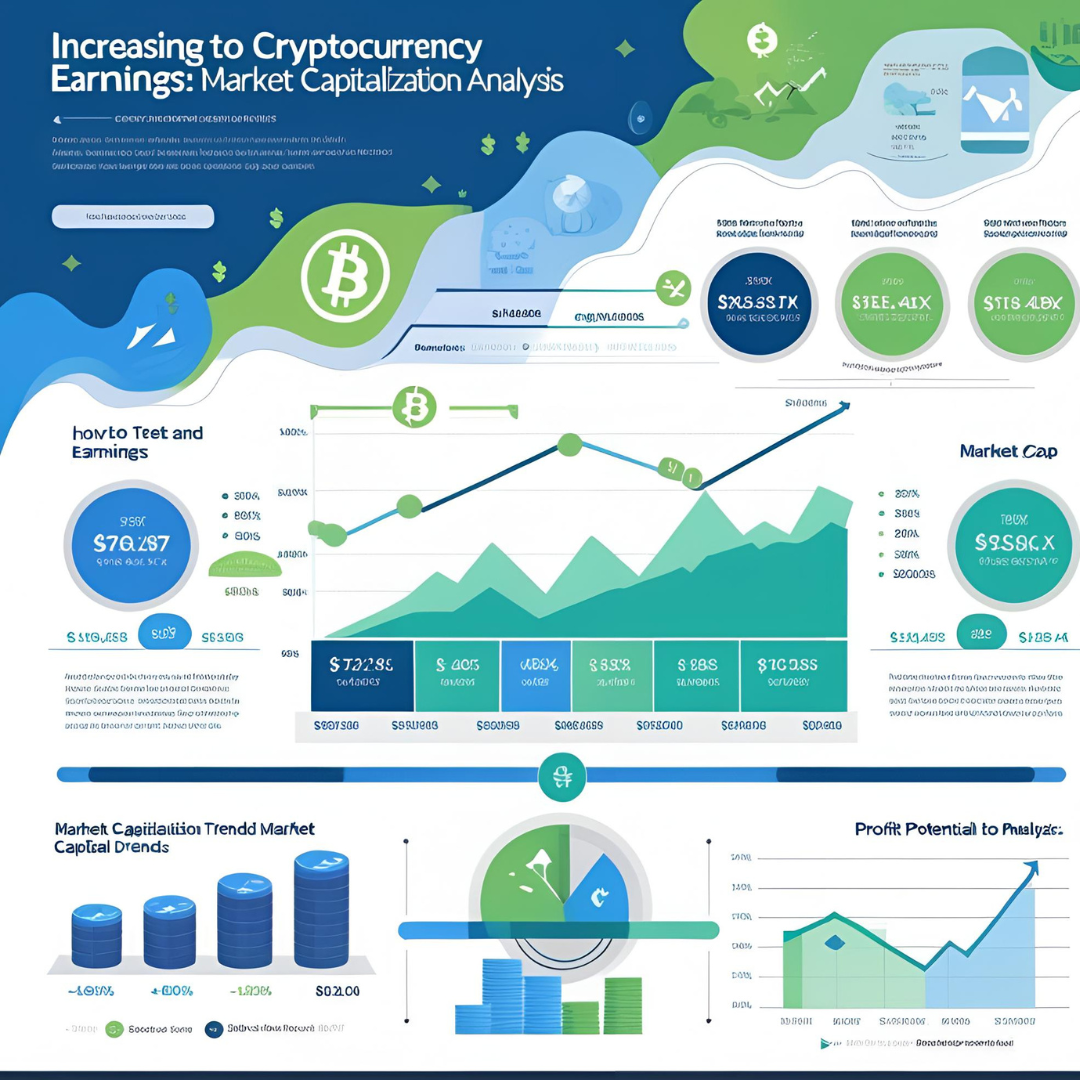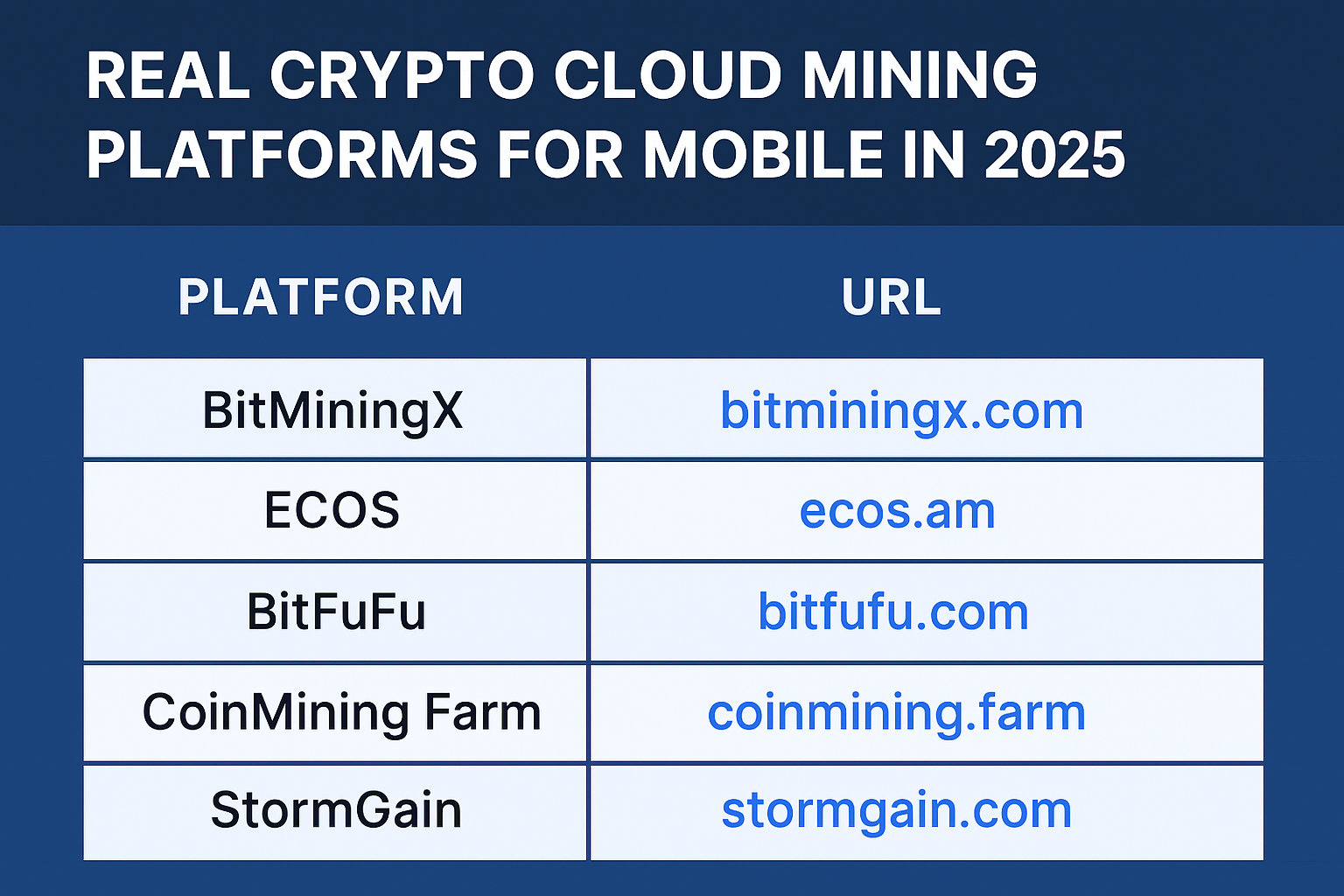Let’s be real Market Cap —everyone in crypto wants one thing: to earn more. But how do you boost your earnings without getting wrecked by volatility? One word: Market Cap. If you’re not paying attention to it, you’re missing a massive piece of the puzzle. This guide will walk you through what market cap is, why it matters, and—most importantly—how you can use it to fatten your crypto wallet
Crypto Market Cap Explained in Real Words
Crypto market cap, or market capitalization, is the total value of a cryptocurrency in circulation and is calculated by multiplying the current price of a coin by its circulating supply. For example, if a coin is priced at $10 and there are 1 million coins in circulation, the market cap is $10 million. This metric helps investors understand the relative size, popularity, and stability of a coin compared to others in the market. Unlike price per coin, which can be misleading, market cap gives a clearer picture of a project’s overall value and potential for growth or risk.
Why Is Market Cap Important in Crypto Investing?
Market cap is crucial in crypto investing because it provides a more accurate measure of a coin’s value and market strength than price alone. It helps investors assess the size, stability, and growth potential of a cryptocurrency, making it easier to compare different coins and manage risk. A high market cap often signals a well-established and less volatile asset, while a low market cap may indicate higher risk but also greater upside potential. By understanding market cap, investors can make smarter decisions about where to allocate their funds for the best balance of safety and returns.

Understanding Market Cap in Crypto
What Is Market Capitalization?
In simple terms, market cap tells you the total value of a cryptocurrency. It’s like the price tag of the entire coin ecosystem. Think of it as the coin’s “net worth.”
Formula for Calculating Market Cap
Market Cap = Current Price of the Coin × Total Circulating Supply
Example: If a coin is worth $10 and there are 1 million coins circulating, the market cap is $10 million.
Market Cap vs. Price Per Coin
While many new crypto investors focus on the price per coin, it’s actually the market cap that reveals a cryptocurrency’s true value. A coin might cost just $0.01 and seem like a bargain, but if its circulating supply is huge, its market cap could already be in the billions—meaning limited room for growth. Conversely, a coin priced at $500 with a low supply might have a smaller market cap and more upside potential. Simply put, market cap = price × supply, so price alone can be misleading. Always look at market cap to understand the real size, value, and growth potential of a crypto asset. Market cap is the true measure of size.
The Importance of Market Cap for Investors
Risk Assessment
Coins with higher market caps tend to be less volatile, making them a safer bet. Lower-cap coins? They’re more unpredictable—great for big gains, but also huge losses.
Asset Valuation
Market cap gives a clearer picture of a coin’s worth compared to just price. It helps you spot undervalued or overhyped projects.
Investment Strategies Based on Market Cap
- Large Caps = Stability (e.g., Bitcoin, Ethereum)
- Mid Caps = Growth potential with moderate risk
- Small Caps = High-risk, high-reward
Types of Market Caps in Crypto
Large-Cap Cryptocurrencies
- Market cap over $10 billion
- Examples: BTC, ETH, BNB
- Best for long-term investors
Mid-Cap Cryptocurrencies
- Market cap between $1 billion and $10 billion
- Examples: Litecoin, Chainlink
- Great for growth with some risk
Small-Cap Cryptocurrencies
- Market cap under $1 billion
- Examples: Many altcoins
- Perfect for traders seeking short-term gains
How Market Cap Influences Price Movements
Supply and Demand Factors
Coins with lower supply and growing demand tend to pump hard—especially if their market cap is still low.
Investor Sentiment and News Impact
Positive news can dramatically increase the market cap if it leads to more demand. Watch the news and social trends like a hawk.

How to Use Market Cap to Boost Your Earnings
Using market cap as a guide can dramatically improve your crypto investing strategy by helping you align risk and reward with your goals. Whether you’re a conservative investor or a thrill-seeking trader, knowing how to position your capital based on market cap tiers can make all the difference. Here’s how to make the most of it:
Long-Term Investing in Large Caps
If you’re looking for stable, long-term growth, large-cap cryptocurrencies are your best bet. These are coins with a market cap typically above $10 billion—think Bitcoin (BTC), Ethereum (ETH), and other top-tier assets. These coins are backed by strong infrastructure, wide adoption, and institutional interest. They tend to be less volatile, making them ideal for “HODLing.”
By dollar-cost averaging (DCA) into large caps—investing a fixed amount regularly—you reduce your exposure to short-term market swings. Over time, as adoption and real-world utility grow, these coins usually deliver consistent, compounding returns. Large caps are the foundation of a well-diversified portfolio, especially for those who value safety and sustainable growth over risky moonshots.
Swing Trading Mid-Caps
Mid-cap cryptocurrencies (market caps between $1 billion and $10 billion) strike a balance between growth and risk. These projects are typically past the early experimental phase but still have room to expand. Their market behavior often includes short-term price fluctuations, which savvy traders can exploit through swing trading—buying during dips and selling during price spikes.
Coins like Avalanche (AVAX), Near Protocol (NEAR), or Optimism (OP) are great examples. These tokens often pump on big announcements, protocol upgrades, or ecosystem growth, providing ample opportunities to earn through timing and technical analysis. Just be sure to set stop-losses and monitor the news—mid-caps can still swing wildly in either direction.
High-Risk, High-Reward with Small Caps
Small-cap coins (market caps under $1 billion, sometimes under $100 million) are where life-changing gains—and losses—happen. These are often newer projects with fresh ideas, niche utilities, or explosive meme-driven hype. A $500 investment in the right small-cap coin can easily 10x or 100x in a bull market. But the catch? The risk is massive.
Because these coins have less liquidity and visibility, their prices can be heavily manipulated. That’s why you need a solid research process: check the tokenomics, team background, community size, and roadmap before investing. Use only a small portion of your portfolio (e.g., 5–10%) for small caps, and be prepared to exit quickly if red flags pop up.
Strategies to Maximize Crypto Profits Using Market Cap
Portfolio Diversification by Market Cap
Diversifying your crypto portfolio by market cap is a smart way to balance risk and reward. Large-cap coins like Bitcoin and Ethereum offer stability and long-term security, making them a solid foundation. Mid-cap coins provide a mix of growth potential and moderate risk, while low-cap coins carry the highest risk but also the chance for massive returns. A well-balanced portfolio might include 60% in large caps, 30% in mid caps, and 10% in low caps. This strategy spreads your exposure across different risk levels, helping protect your investments while still allowing room for high-reward opportunities. In shorts,
Don’t put all your eggs in one basket. Mix it up:
- 60% in large caps
- 30% in mid caps
- 10% in small caps
Rebalancing Based on Performance
Markets shift. Adjust your holdings based on how coins perform relative to their market caps.
Dollar-Cost Averaging (DCA)
Buy at regular intervals, regardless of price. Over time, you smooth out the cost and ride the trend.
Analyzing Market Cap Trends
Tools for Tracking Market Cap
- CoinMarketCap
- CoinGecko
- Messari
- TradingView
Interpreting Charts and Patterns
Look for upward trends in market cap paired with volume increases. That’s a bullish sign.
Common Mistakes to Avoid When Using Market Cap in Crypto
Understanding market cap is powerful—but only if you use it correctly. Many investors fall into traps by misinterpreting or overvaluing this metric. Here are the most common mistakes to watch out for:
1. Judging a Coin Solely by Its Price
Don’t assume a cheap coin (e.g., $0.01) has more growth potential than a pricier one. Always look at the market cap—not just the price—because a low-price coin might already have a massive supply and an inflated market cap, leaving little room for upside.
2. Ignoring Circulating Supply vs. Total Supply
Some coins show a low market cap based on circulating supply but have a massive total supply waiting to be released. This can lead to inflation and price dilution. Always check both numbers to get a true sense of future market dynamics.
3. Overloading on Small Caps
Yes, small caps can explode, but they’re also the riskiest plays. Many investors go all-in hoping to “get rich quick” and end up losing most of their capital. Use small caps wisely—allocate only a small portion of your portfolio.
4. Assuming High Market Cap = Guaranteed Safety
While large-cap coins are generally safer, they’re not immune to downturns or collapses. Market sentiment, regulation, and technological failures can still affect them. Never invest blindly just because a coin is in the top 10.
5. Chasing Hype Without Research
Many low-cap coins suddenly surge due to influencer hype or social media trends. FOMO kicks in, and people invest without due diligence. Always research the team, project utility, roadmap, and tokenomics before jumping in.
6. Forgetting to Rebalance Your Portfolio
Market caps shift over time. A small cap that moons can become a mid-cap or even a large cap. Rebalancing your portfolio helps you lock in gains, reduce risk, and keep your allocations aligned with your strategy.
Case Studies of Market Cap Success Stories
Bitcoin and Ethereum
Bitcoin’s rise from a few cents to tens of thousands of dollars wasn’t magic—it was driven by growing market cap. Same for Ethereum.
Emerging Altcoin Examples
Coins like Solana and Polygon started small, but strategic investors who spotted early market cap trends made serious profits.
Best Platforms to Monitor Market Cap
- CoinMarketCap – The go-to for quick snapshots
- CoinGecko – Includes developer data and community scores
- TradingView – Technical analysis meets price tracking
How Stablecoins Affect Overall Market Cap
Stablecoins like USDT and USDC keep things… well, stable. But they also inflate the total market cap, which can mask actual growth in other areas.
Future of Market Cap in Crypto Investing
Will market cap always be king? Maybe not. New metrics like Total Value Locked (TVL) and Fully Diluted Valuation (FDV) are gaining traction. But for now, market cap is still your best friend.
Tips from Experts on Boosting Crypto Income
“Don’t just look at the price—market cap tells you the real story.” – Crypto Analyst John B.
“Diversify across different market cap tiers. That’s how you survive and thrive in crypto.” – Blockchain Educator Sarah L.
FAQs
1. What is a good market cap for a crypto investment?
A good market cap depends on your risk tolerance. Large caps are safer; small caps have more room to grow.
2. Is a low market cap always riskier?
Not always, but it typically means more volatility and potential manipulation.
3. How often should I check market cap data?
Daily if you’re actively trading; weekly is fine for long-term holders.
4. Can market cap be manipulated?
Yes, especially with low-volume coins. Always look at liquidity and trading volume too.
5. What other metrics should I use besides market cap?
Check volume, circulating supply, TVL, developer activity, and community sentiment.
Conclusion
Mastering the concept of market cap is like unlocking a secret weapon in crypto investing. It goes far beyond just looking at the price of a coin—it gives you a clearer picture of a project’s true size, value, and potential. By understanding how market cap works and how it relates to different investing strategies, you can make smarter decisions, reduce risk, and boost your earnings more effectively.
Whether you’re building a long-term position in large-cap coins, swing trading mid-caps for steady profits, or taking calculated risks on small-cap gems, market cap should always be one of your key tools. Just remember: price can be deceiving, hype is temporary, but market cap tells the real story. Combine it with solid research, diversification, and risk management, and you’ll be well on your way to growing a stronger, more profitable crypto portfolio.




